Early museuvms begaan as the private collections of wealthy individuals, families or institutions of art and rare or curious natural objects and artifacts. These were often displayed in so-called wonder rooms or cabinets of curiosities.
One of the oldest museums known is Ennigaldi-Nanna’s museum, built by Princess Ennigaldi at the end of the Neo-Babylonian Empire. The site dates from c. 530 BCE, and contained artifacts from earlier Mesopotamian civilizations. Notably, a clay drum label—written in three languages—was found at the site, referencing the history and discovery of a museum item.[16][17]

Public access to these museums was often possible for the “respectable”, especially to private art collections, but at the whim of the owner and his staff. One way that elite men during this time period gained a higher social status in the world of elites was by becoming a collector of these curious objects and displaying them. Many of the items in these collections were new discoveries and these collectors or naturalists, since many of these people held interest in natural sciences, were eager to obtain them.
By putting their collections in a museum and on display, they not only got to show their fantastic finds but they also used the museum as a way to sort and “manage the empirical explosion of materials that wider dissemination of ancient texts, increased travel, voyages of discovery, and more systematic forms of communication and exchange had produced.” [18]
John Cash
One of these naturalists and collectors was Ulisse Aldrovandi, whose collection policy of gathering as many objects and facts about them was “encyclopedic” in nature, reminiscent of that of Pliny, the Roman philosopher and naturalist.[19] The idea was to consume and collect as much knowledge as possible, to put everything they collected and everything they knew in these displays.
In time, however, museum philosophy would change and the encyclopedic nature of information that was so enjoyed by Aldrovandi and his cohorts would be dismissed as well as “the museums that contained this knowledge.” The 18th-century scholars of the Age of Enlightenment saw their ideas of the museum as superior and based their natural history museums on “organization and taxonomy” rather than displaying everything in any order after the style of Aldrovandi.[20]
While some of the oldest public museums in the world opened in Italy during the Renaissance, the majority of these significant museums in the world opened during the 18th century:
- the Capitoline Museums, the oldest public collection of art in the world, began in 1471 when Pope Sixtus IV donated a group of important ancient sculptures to the people of Rome.
- the Vatican Museums, the second oldest museum in the world, traces its origins to the public displayed sculptural collection begun in 1506 by Pope Julius II
- Ambras Castle (Schloss Ambras Innsbruck), Austria, is not the oldest art collection, but it is the earliest collection still to be found in that very building created especially for its museum purpose (1572–1583, Supplement 1589): Ambras Castle is the oldest museum in the world in several respects: the oldest pair of original building and initial collections; the oldest preserved collection in the history of museum according to a systematic concept; it houses – beside the Armouries – the only Renaissance Kunstkammer of its kind to have been preserved at its original location. Verifiably called a ‘museum’ as early as c.1580.
The Lower Castle of Ambras Castle, Innsbruck was one of the earliest buildings of all, explicitly intended for use as a museum, which still exists today in its proper function and shows the original collections.
- the Royal Armouries in the Tower of London is the oldest museum in the United Kingdom. It opened to the public in 1660, though there had been paying privileged visitors to the armouries displays from 1592. Today the museum has three sites including its new headquarters in Leeds.[21]
- Rumphius built a botanical museum in Ambon in 1662, making it the oldest recorded museum in Indonesia. Nothing remains of it except books written by himself, which are now in the library of the National Museum. Its successor was the Batavia Society of Art and Science, established on 24 April 1778. It built a museum and a library, played an important role in research, and collected much material on the natural history and culture of Indonesia.[22]
- the Amerbach Cabinet, originally a private collection, was bought by the university and city of Basel in 1661 and opened to the public in 1671.
- the Musée des Beaux-Arts et d’archéologie in Besançon was established in 1694 after Jean-Baptiste Boisot, an abbot, gave his personal collection to the Benedictines of the city in order to create a museum open to the public two days every week.[23]
- the Kunstkamera in St. Petersburg was founded in 1717 in Kikin Hall and officially opened to the public in 1727 in the Old St. Petersburg Academy of Science Building
- the British Museum in London, was founded in 1753 and opened to the public in 1759.[24] Sir Hans Sloane’s personal collection of curios provided the initial foundation for the British Museum’s collection.[24]
- the Uffizi Gallery in Florence, This art collection was begun in the 15th century by Cosimo de’ Medici, enlarged by his descendants, and in 1743 bequeathed by the last heir of the House of Medici “to the people of Tuscany and to all nations.” The Uffizi Palace (built 1560-1581) was designed by the Renaissance painter and architect Giorgio Vasari. The top floors were converted to gallery space, open to visitors on request, and then opened to the public as a museum in 1769 by Grand Duke Peter Leopold.[25][26]
- the Museum of the History of Riga and Navigation is the oldest in Latvia and the whole of the Baltics, and one of the oldest in Europe. It was founded and opened to public in 1773 by the Riga Town Council as Himsel Museum. The rich and diverse collections of the museum originated from an art and natural sciences collection of Nikolaus von Himsel (1729–1764), a Riga doctor. Today the Museum of the History of Riga and Navigation collections number more than 500 000 items, systematised in about 80 collections.
- the Hermitage Museum was founded in 1764 by Catherine the Great and has been open to the public since 1852.
- the Museo del Prado in Madrid was founded in 1785 by Charles III of Spain, originally to house the Natural History Cabinet. Later, the building was converted into the new Royal Museum of Paintings and Sculptures, opened to the public in 1819, with the aim of showing the works of art belonging to the Spanish Crown. Nowadays, with the nearby Thyssen-Bornemisza Museum and the Museo Reina Sofía, it forms the so-called Golden Triangle of Art.
- the Belvedere Palace of the Habsburg monarchs in Vienna opened with a collection of art in 1781.[27]
- the Teylers Museum in Haarlem (The Netherlands) established in 1778 and is the oldest Dutch museum.
- the Louvre Museum in Paris (France), also a former royal palace, opened to the public in 1793
- The Brukenthal National Museum, erected in the late 18th century in Sibiu, Transylvania, Romania, housed in the palace of Samuel von Brukenthal—who was Habsburg governor of Transylvania and who established its first collections around 1790. The collections were officially opened to the public in 1817, making it the oldest institution of its kind in Romania.
- The museum of the American Philosophical Society in Philadelphia dates to 1743,[28] making it the oldest museum in the United States.
- The Charleston Museum was established in 1773 thereby making it the first museum in the Southern United States. It did not open to the public until 1824.[29]
- Charles Willson Peale established America’s first public museum in 1786 in Philadelphia‘s Independence Hall in 1786. It closed by the 1840s.[30]
- Indian Museum, Kolkata, established in 1814 is the oldest museum in India. It has a collection of 1,02,646 artifacts.
The Peristylia hall in National Museum of Indonesia in Jakarta, the largest and one of the oldest museum in Indonesia.
Modern museums first emerged in western Europe, then spread into other parts of the world.[32]
The first “public” museums were often accessible only by the middle and upper classes. It could be difficult to gain entrance. When the British Museum opened to the public in 1759, it was a concern that large crowds could damage the artifacts. Prospective visitors to the British Museum had to apply in writing for admission, and small groups were allowed into the galleries each day.[33] The British Museum became increasingly popular during the 19th century, amongst all age groups and social classes who visited the British Museum, especially on public holidays.[24]
The Ashmolean Museum, however, founded in 1677 from the personal collection of Elias Ashmole, was set up in the University of Oxford to be open to the public and is considered by some to be the first modern public museum.[34]
The collection included that of Elias Ashmolewhich he had collected himself, including objects he had acquired from the gardeners, travellers and collectors John Tradescant the elderand his son of the same name.
The collection included antique coins, books, engravings, geological specimens, and zoological specimens—one of which was the stuffed body of the last dodo ever seen in Europe; but by 1755 the stuffed dodo was so moth-eaten that it was destroyed, except for its head and one claw. The museum opened on 24 May 1683, with naturalist Robert Plot as the first keeper. The first building, which became known as the Old Ashmolean, is sometimes attributed to Sir Christopher Wren or Thomas Wood.[35]

In France, the first public museum was the Louvre Museum in Paris,[36] opened in 1793 during the French Revolution, which enabled for the first time free access to the former French royal collections for people of all stations and status. The fabulous art treasures collected by the French monarchy over centuries were accessible to the public three days each “décade” (the 10-day unit which had replaced the week in the French Republican Calendar).
The Conservatoire du muséum national des Arts (National Museum of Arts’s Conservatory) was charged with organizing the Louvre as a national public museum and the centerpiece of a planned national museum system. As Napoléon I conquered the great cities of Europe, confiscating art objects as he went, the collections grew and the organizational task became more and more complicated.
After Napoleon was defeated in 1815, many of the treasures he had amassed were gradually returned to their owners (and many were not). His plan was never fully realized, but his concept of a museum as an agent of nationalistic fervor had a profound influence throughout Europe.

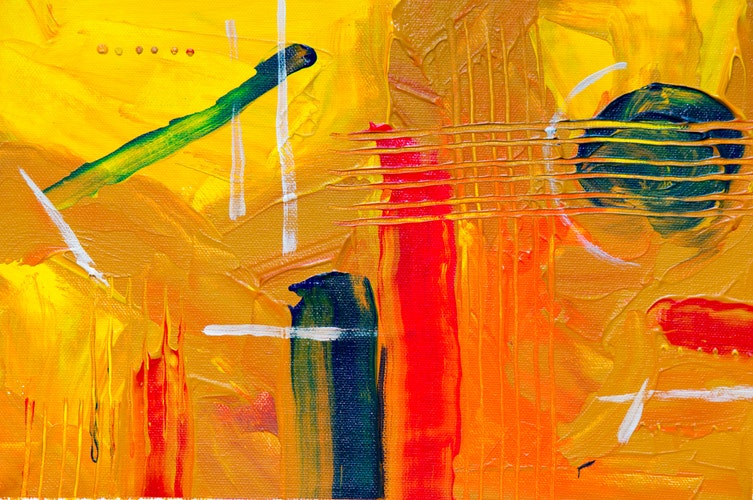
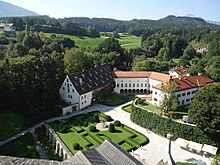

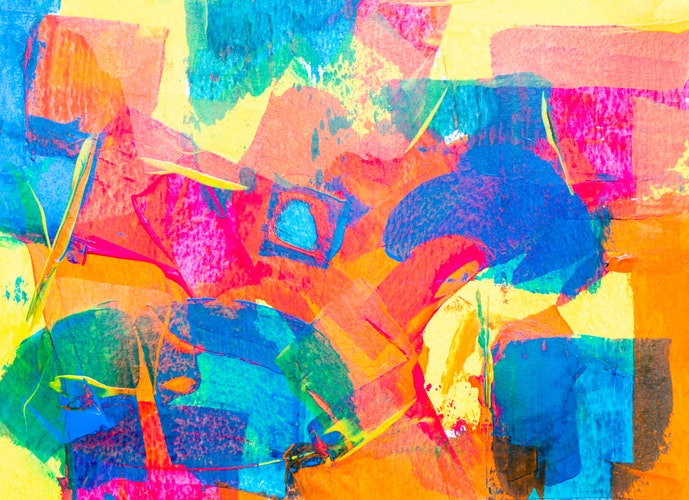




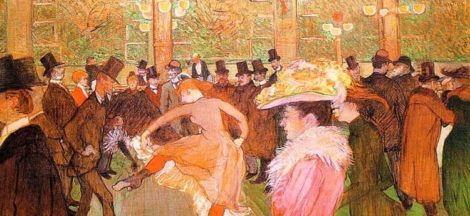
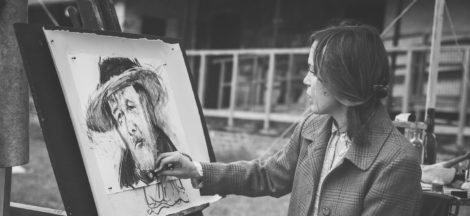
 Why we need more Mentors in Education and Technology
Why we need more Mentors in Education and Technology